Essayer OR - Gratuit
ROYAL BLUES
The New Yorker
|December 25, 2023
The end of "The Crown," on Netflix.
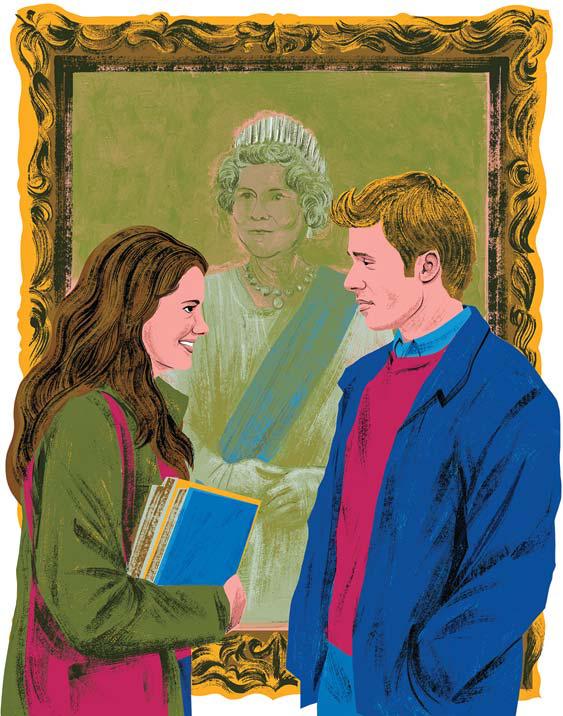
The first four seasons of "The Crown," the Netflix period drama about Queen Elizabeth II's long reign, covered roughly forty years of British history. For many American viewers, the appeal of the series lay not only in the fair-minded characterizations of the Royal Family and the visual extravagances of one of the most expensive shows ever made but also in the deft incorporation of events that shaped U.K. politics, culture, and national identity. Season 1 revisited the Great Smog of 1952, which killed thousands of Londoners; Season 2 the Profumo scandal, which brought down a Prime Minister; and Season 3 the Aberfan disaster, a Welsh mining collapse that buried dozens of schoolchildren, whose deaths Elizabeth would later wish she had commemorated more swiftly.
By contrast, nearly half of the sixth and final season traverses less than three months in 1997: the weeks leading up to Princess Diana's death and its immediate aftermath. That time frame underscores the narrowing of the show's focus. Its creator, Peter Morgan, seems to have lost all interest in Elizabeth's subjects, except when they turn on her for her conspicuous silence in the days following that fateful car crash in Paris. Prime Minister Tony Blair (Bertie Carvel), too, is most notable for his approval ratings; his popularity, which earns him the nickname King Tony, gives the Queen literal nightmares. Morgan treats the Windsors primarily as media figures-the people watch the Queen on the telly while the Queen watches them back. (Reports suggest that she watched "The Crown," too.) But the post-Diana episodes are a study of celebrity without the requisite star power.
Cette histoire est tirée de l'édition December 25, 2023 de The New Yorker.
Abonnez-vous à Magzter GOLD pour accéder à des milliers d'histoires premium sélectionnées et à plus de 9 000 magazines et journaux.
Déjà abonné ? Se connecter
PLUS D'HISTOIRES DE The New Yorker
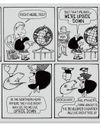
The New Yorker
THE MAGIC OF “MAFALDA”
How an Argentinean comic strip became an international phenomenon.
11 mins
July 07 - 14, 2025 (Double Issue)
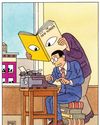
The New Yorker
BY THE BOOK
What we learn from reading the fiction touted in our début issue.
13 mins
July 07 - 14, 2025 (Double Issue)
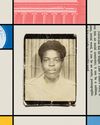
The New Yorker
THE STORY PART
Student days and a search for community.
19 mins
July 07 - 14, 2025 (Double Issue)

The New Yorker
THE SILENCE
A great silence opened up inside her. But that made it sound more dramatic than it was. It happened by degrees, creeping up slyly. And at times, in certain places and situations, it was expected and welcome—on a long walk, or when a person confessed something pitiful, or at a funeral or a party. In all those places, where once she'd had a lot to say—too much, honestly—now there was this silence and she became a far better listener. Not consciously, that was just one of the consequences. It wasn't a Zen silence or an enlightened silence or anything she'd worked to achieve. It was only a sort of blank. Once, on a mini-break, she'd spotted a sentence graffitied on a bridge in Paris: “The world is everything that is the case.” (It was written in English and stuck in her mind.) The silence felt like that: it spoke for itself. But it could also offend and disappoint others, the same way the world itself never seems enough for some people. It was no use on big family occasions, for example, or when one of her adult daughters called her name from another room, or if someone at work asked for her view on the news of the day. It could make other people feel awkward. But when she was alone with it, whenever it coincided with her own long-standing habit of looking upward into the branches of trees—then it didn't really bother her at all.
23 mins
July 07 - 14, 2025 (Double Issue)
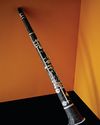
The New Yorker
THE COMEDIAN
My father worked nights as the desk attendant at a cheap hotel downtown. It was a thankless job behind bulletproof glass, which was all he had to shield him from demented drunks and screeching prostitutes, from seven in the evening until four in the morning, the poor man.
24 mins
July 07 - 14, 2025 (Double Issue)

The New Yorker
IS IT THE PHONES?
The tantalizing power of the theory that screens are harming teens.
13 mins
July 07 - 14, 2025 (Double Issue)

The New Yorker
THE END OF THE ESSAY
What comes after A.I. has destroyed college writing?
25 mins
July 07 - 14, 2025 (Double Issue)

The New Yorker
EASY MUSIC
How Elmore Leonard perfected his style.
23 mins
July 07 - 14, 2025 (Double Issue)
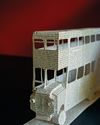
The New Yorker
JUBILEE
A wooden ruler with the etched faces of Henry VIII's six wives running down the middle; ticket stubs from Hampton Court and the Chamber of Horrors, where we walked ahead of our mothers, hand in hand; a few wrappers of Dairy Milk.
34 mins
July 07 - 14, 2025 (Double Issue)
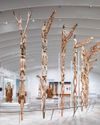
The New Yorker
PRIDE AND PROVENANCE
The Met's new Rockefeller Wing daxxles—and whispers, “Finders, keepers.”
6 mins
July 07 - 14, 2025 (Double Issue)
